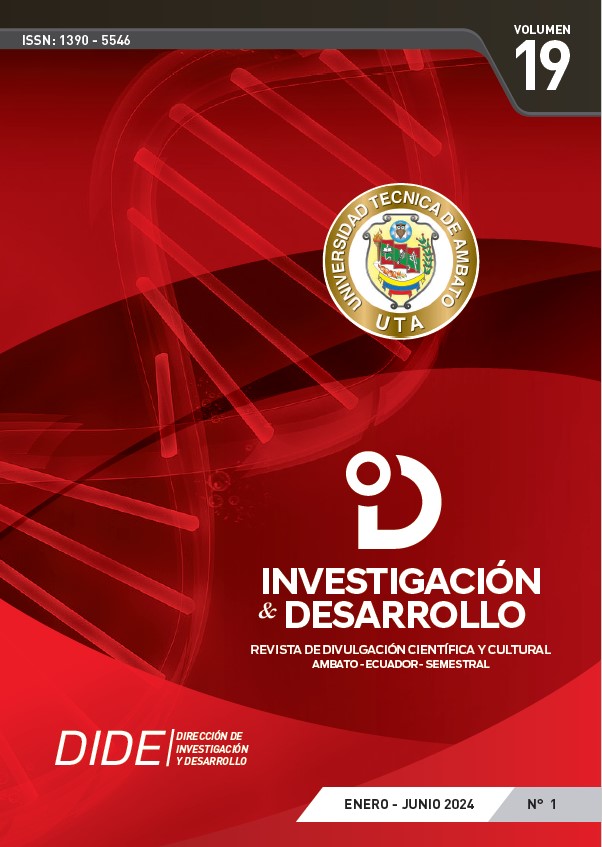EXPLORATION OF THE ADDITION OF NATURAL COMPONENTS IN THE CONVENTIONAL COMPOSITION OF ADOBE BLOCKS
Main Article Content
Abstract
Adobe, as a tangible carrier of ancestral knowledge, has been the subject of research aimed at perfecting its application. In this sense, it is essential to determine the level of knowledge reached in its experimentation. From the perspective of sustainability and incremental innovation, which focuses on adding value to existing products, this literature review study identifies the types of materials added to a traditional adobe matrix, focusing on natural materials. The main objective of this study is to establish the research background related to the incorporation of non-traditional materials into the conventional composition of adobe, in order to support future research in this field. The identified added components have been classified according to their origin, resulting in 8 main categories and a total of 31 components. These include plant extracts, materials of mineral origin, animal-derived products, plant fibers, wood derivatives, binders, vegetable oils, and agricultural residues. It is noteworthy that the characteristics most studied in the experiments are compressive strength, tensile strength, permeability, plasticity, and crack reduction. Likewise, the degree of success of the components in improving these parameters is specified.
Downloads
Article Details

This work is licensed under a Creative Commons Attribution 4.0 International License.


